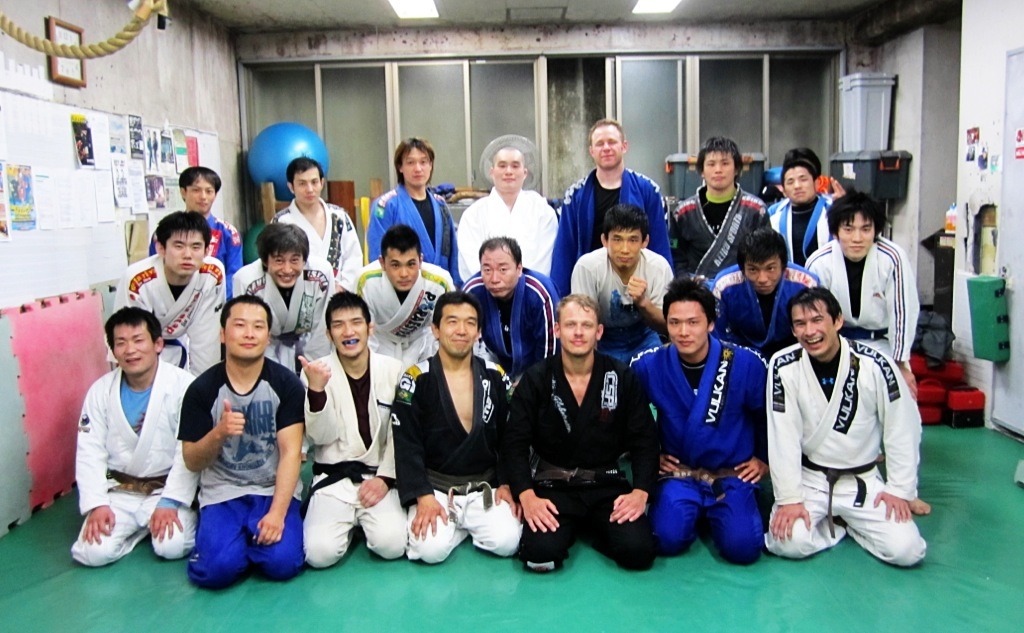Training Brazilian Jiu-Jitsu in Japan as a foreigner can be a unique and enriching experience, blending the martial art’s global appeal with Japan’s rich martial arts culture.
Japan has a strong reputation in martial arts, and this extends to BJJ. Foreigners often find high-quality training with skilled practitioners, though the style might lean more towards traditional approaches compared to the competitive, innovation-driven style seen in some Western countries. Japan is one of the leading countries wordwide when it comes to BJJ with many champions at black belt level especially in the lower weight classes.
In an interesting video, Kazuki Umemura, a BJJ black belt who has lived in the USA, shares his insights on what it’s like to train in BJJ in Japan. He addresses common misconceptions and offers a detailed look at the BJJ culture in Tokyo.
- Misconceptions about Japanese and Brazilian Jiu-Jitsu: Umemura explains a frequent misconception he encounters where people assume he practices Japanese Jiu-Jitsu, not realizing the origins of Brazilian Jiu-Jitsu in Kodokan Judo and Japanese Jiu-Jitsu.
- BJJ Academies in Tokyo: In Tokyo, most major stations have at least one BJJ academy, making it accessible for visitors interested in training. Despite this, Umemura notes, “in general, Japanese people are not as interested in fighting or combat sports as in other countries.”
- Cultural Attitudes towards Strength: In Japan, being strong or muscular is not universally seen as an attractive trait. This cultural difference influences the popularity and perception of combat sports like BJJ.
- Training Schedules and Structure: Due to the long working hours in Japan, adult classes in BJJ academies usually start around 8:30 PM. Mornings are also becoming popular for training, especially for the working class, known as ‘salarymen’.
- The Challenge of Starting a BJJ Academy in Japan: Umemura discusses the difficulty in starting a BJJ academy in Japan due to the general disinterest in combat sports. He suggests starting with low-risk methods like renting gymnasium space for classes.
- Growth of BJJ in Japan: Although BJJ is growing in Japan, the pace is slower compared to places like the U.S. Umemura observed significant growth in the BJJ community in Seattle during his time there, a contrast to the gradual growth in Japan.
- Academy Dynamics: During a visit to Toyatt Jiu-Jitsu, Umemura teaches a class focused on spider guard. He notes the beginners’ impressive skill level and the tendency of each academy to have its unique style and emphasis.
- Impact of COVID-19: The pandemic led to gym closures in Japan. Government assistance was crucial for BJJ academy owners during this period.
Kazuki Umemura’s video provides a unique and insightful look into the world of BJJ in Japan. His observations highlight the cultural nuances that influence the sport’s popularity and the challenges and rewards of practicing BJJ in a Japanese context.

















